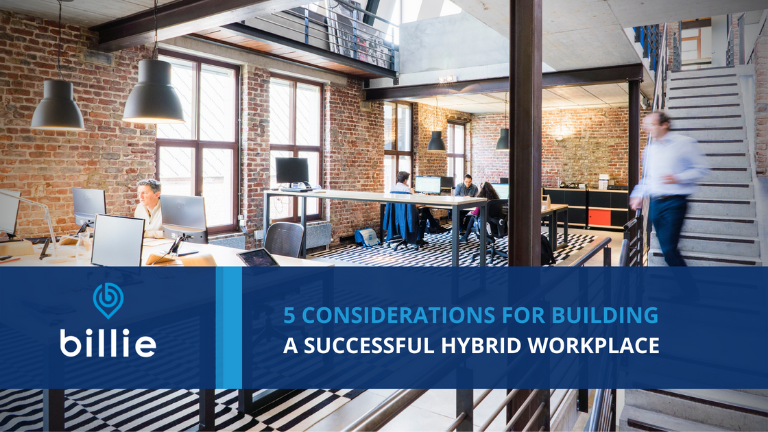As a Facility Manager you know that offices cost a lot of money to run and that executives are always looking to them to find solutions to minimize costs. This is why it is crucial for Facility Managers to find and implement an effective corporate workplace strategy. Turn to the 3-30- 300 strategy as a rule of thumb when making decisions on where to focus on improvements in order to cut costs. Facility Managers are seeing that creating activity based designs that support employee activities can balance autonomous and interactive workspaces, improve team play, and most importantly, collaboration between departments for positive outcomes. Time to think outside of the box and focus on your people, (the 300) the most important aspect of your business. Why stick to old traditional thinking to make changes to the 3 and 30 when it’s clear that the 300 are who will generate the greatest impact on your budget.
What’s the 3-30-300 rule?
The 3-30-300 rule provides a breakdown of what an organization pays per square foot, in terms of total occupancy costs—$3 for utilities, $30 for rent, and $300 for employee costs (salaries, benefits, etc.). These numbers are meant to show how an organization typically distributes its occupancy costs.
Companies know that their employees are the most valuable asset, so why make real estate decisions that prioritize real estate savings ahead of people? Look at it this way, you spend ten times your utility costs on rent, and ten times your rent costs on people.
Sustainability and energy efficiency programs could reduce utility costs by 10% or $0.30 per square foot ($3 x 10% = $0.30), which is a good start. Whereas a less expensive office location could save another 10% or $3 per square foot ($30 x 10% = $3).
Savings goal achieved, right? Sure, if you don’t mind leaving money on the table.
Instead, what if a real estate decision could make your employees more productive? Just a 10% improvement in productivity could save $30 per square foot per year! ($300 x 10% = $30) and all while simultaneously making employees happier and healthier.
Making an impact
Many Facility Managers typically focus on the 3 and 30 portion—utilities and rent—as the areas where they can save the most in company dollars. It’s important to highlight how Facility Managers can affect the 300 and how they can do it which in turn will make the biggest impact.
Focusing on the 300 out of the 3-30-300 drives significant benefits and improvements around how employees work. Integrated services enables the transformation of organizations that affect human capital which has the greatest impact. Happier and more productive employees, reduction of absenteeism, and rise in employee engagement are all ways company dollars are saved when investing in smarter workplaces. Costs to the 3 and 30 are easily outweighed by the benefits to the 300. In the pursuit of cost reduction in utilities and rent is it vital to not lose sight of employee benefits.
Therefore, start investing in your people. Why spend time trying to reduce the cost of rent and utilities when your answer to saving lies in your greatest asset, your people. Are you transitioning into a more flexible workspace that enables greater collaboration and heightens employee morale? Or are you only doing so to reduce the cost of rent? Change the conversation from rent costs and utility reductions to increasing employee productivity.
Be the hero and learn how billie can both increase employee productivity and help manage your office spaces by booking a demo today.
As a Facility Manager you know that offices cost a lot of money to run and that executives are always looking to them to find solutions to minimize costs. This is why it is crucial for Facility Managers to find and implement an effective corporate workplace strategy. Turn to the 3-30- 300 strategy as a rule of thumb when making decisions on where to focus on improvements in order to cut costs. Facility Managers are seeing that creating activity based designs that support employee activities can balance autonomous and interactive workspaces, improve team play, and most importantly, collaboration between departments for positive outcomes. Time to think outside of the box and focus on your people, (the 300) the most important aspect of your business. Why stick to old traditional thinking to make changes to the 3 and 30 when it’s clear that the 300 are who will generate the greatest impact on your budget.
What’s the 3-30-300 rule?
The 3-30-300 rule provides a breakdown of what an organization pays per square foot, in terms of total occupancy costs—$3 for utilities, $30 for rent, and $300 for employee costs (salaries, benefits, etc.). These numbers are meant to show how an organization typically distributes its occupancy costs.
Companies know that their employees are the most valuable asset, so why make real estate decisions that prioritize real estate savings ahead of people? Look at it this way, you spend ten times your utility costs on rent, and ten times your rent costs on people.
Sustainability and energy efficiency programs could reduce utility costs by 10% or $0.30 per square foot ($3 x 10% = $0.30), which is a good start. Whereas a less expensive office location could save another 10% or $3 per square foot ($30 x 10% = $3).
Savings goal achieved, right? Sure, if you don’t mind leaving money on the table.
Instead, what if a real estate decision could make your employees more productive? Just a 10% improvement in productivity could save $30 per square foot per year! ($300 x 10% = $30) and all while simultaneously making employees happier and healthier.
Making an impact
Many Facility Managers typically focus on the 3 and 30 portion—utilities and rent—as the areas where they can save the most in company dollars. It’s important to highlight how Facility Managers can affect the 300 and how they can do it which in turn will make the biggest impact.
Focusing on the 300 out of the 3-30-300 drives significant benefits and improvements around how employees work. Integrated services enables the transformation of organizations that affect human capital which has the greatest impact. Happier and more productive employees, reduction of absenteeism, and rise in employee engagement are all ways company dollars are saved when investing in smarter workplaces. Costs to the 3 and 30 are easily outweighed by the benefits to the 300. In the pursuit of cost reduction in utilities and rent is it vital to not lose sight of employee benefits.
Therefore, start investing in your people. Why spend time trying to reduce the cost of rent and utilities when your answer to saving lies in your greatest asset, your people. Are you transitioning into a more flexible workspace that enables greater collaboration and heightens employee morale? Or are you only doing so to reduce the cost of rent? Change the conversation from rent costs and utility reductions to increasing employee productivity.
Be the hero and learn how GoSpaces can both increase employee productivity and help manage your office spaces by booking a demo today.



